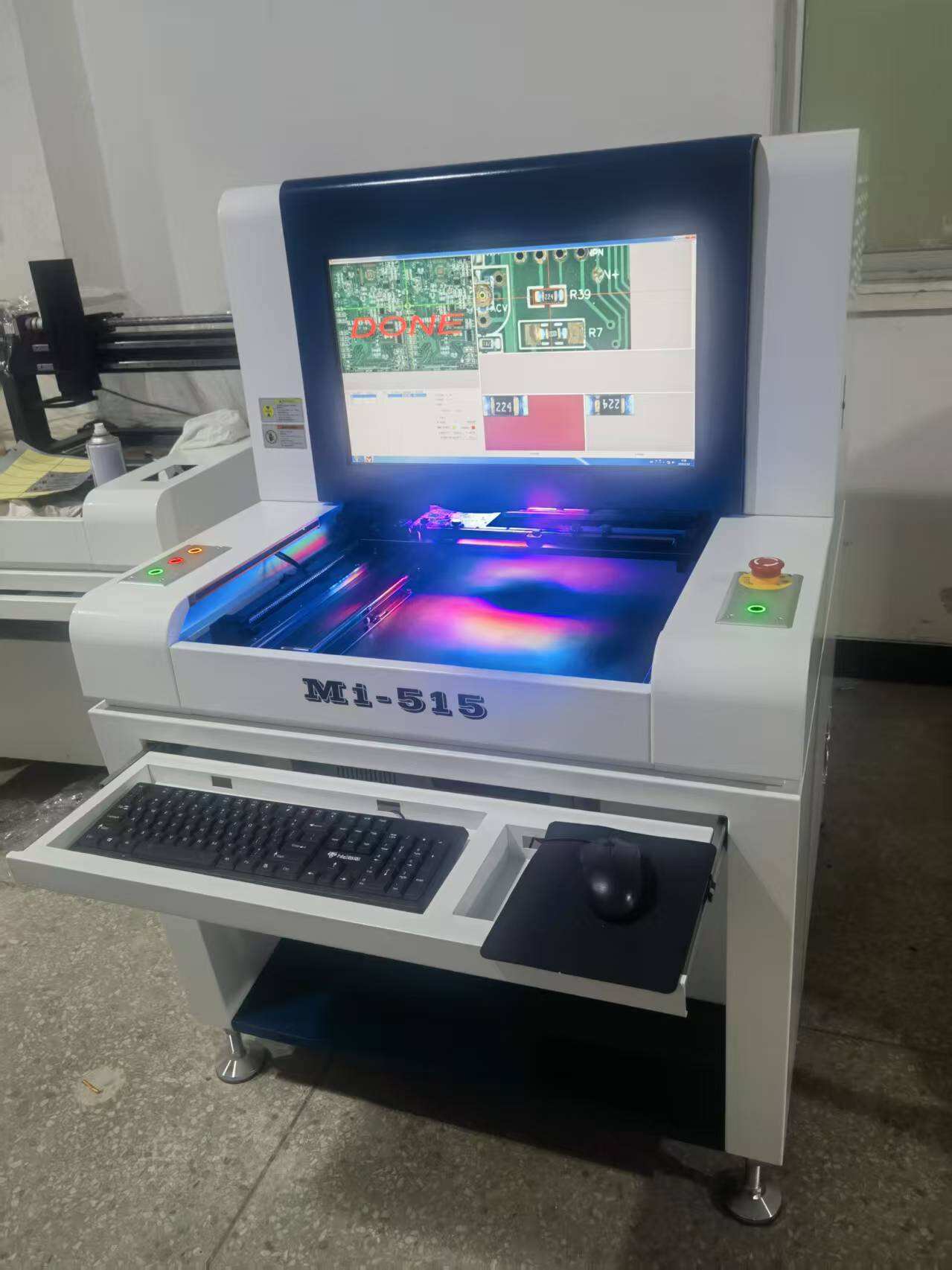
Optical Inspection Machines: The Future of Precision Quality Control
1. Electronics manufacturing: core applications driving demand
The global push for miniaturized electronics has made optical inspection equipment indispensable in the following areas:PCB assembly (SMT lines): Detect missing components, misalignments and solder defects at speeds up to 150,000 CPH with 99.9% accuracy. Semiconductor Packaging: Identify microcracks, voids and bonding wire defects in integrated circuits and wafers. Consumer Electronics: Ensure perfect assembly of smartphones, laptops and wearable devices such as Apple's iPhone production line.
2. Automotive electronic equipment: safety-critical inspections
Optical inspection equipment is critical to the rise of electric vehicles (EVs) and ADAS systems:Power electronics: Detect defects in IGBT modules, battery management systems (BMS) and charging components. Sensor assembly: Verify alignment of LIDAR, radar and camera modules for autonomous driving. LED Lighting: Ensuring consistency in headlights and instrument cluster displays.
3. Medical equipment: zero-defect manufacturing
Strict quality standards from the U.S. Food and Drug Administration (FDA) make optical inspection devices essential:Implantable Devices: Inspect pacemakers, stents and neurostimulators for minute defects. Diagnostic devices: Ensure the accuracy of microscope lenses and sensor arrays. Surgical tools: Verify sterilization-resistant coatings and surface integrity.
